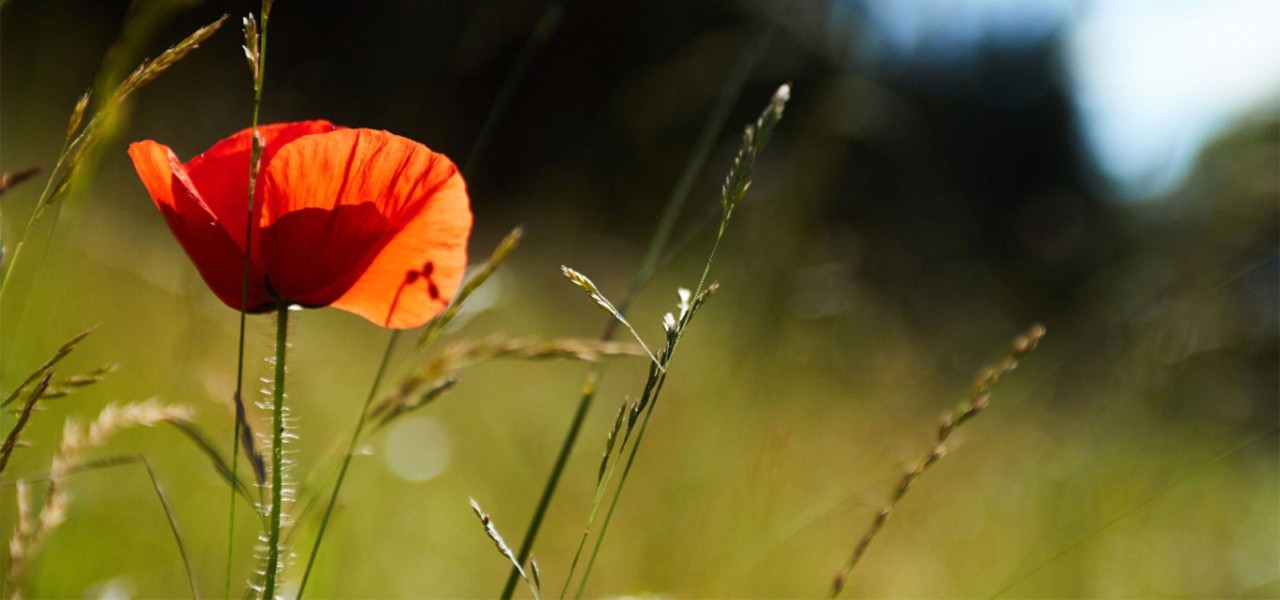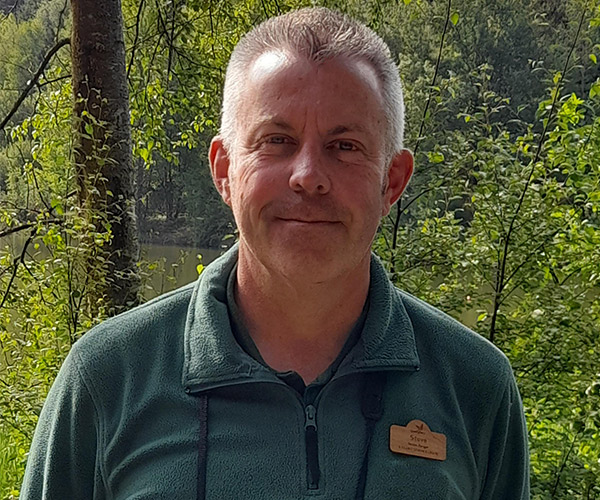Spring wildlife highlights – Longleat Forest
Now that we are stepping into the warmer spring months, why not take a stroll around Longleat Forest on your next visit and see what spring wildlife you can spot?
In this blog our Senior Conservation Ranger, Steve Norris, guides us through his top five spring wildlife highlights… see how many you can spot during your walk!
Great spotted woodpecker
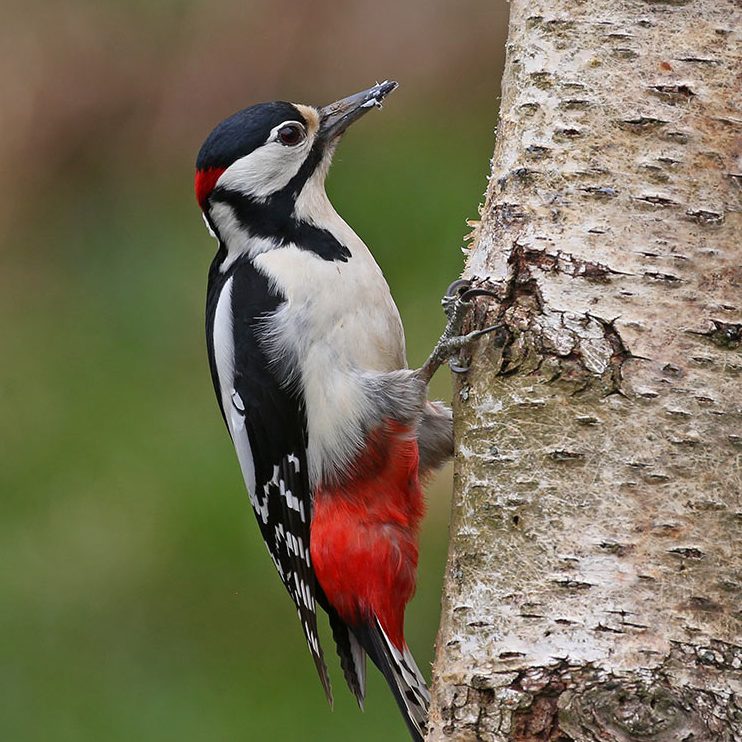
Great spotted woodpeckers are present in Longleat Forest all year and regularly visit our birdfeeders. Their red, black, and white plumage is unmistakable but during spring, the first clue to their presence is often their iconic drumming. This sound is produced by the male woodpecker tapping his beak against a tree up to 60 times per second. Drumming is in fact the woodpecker equivalent of a courtship song, which is quite different to the slow and irregular tapping sounds produced when searching for food.
Top tip!
If you hear a drumming woodpecker, try to pinpoint its exact location. A male will select two or three particularly resonant branches in his territory and will regularly return to the same spot.
Brimstone butterfly
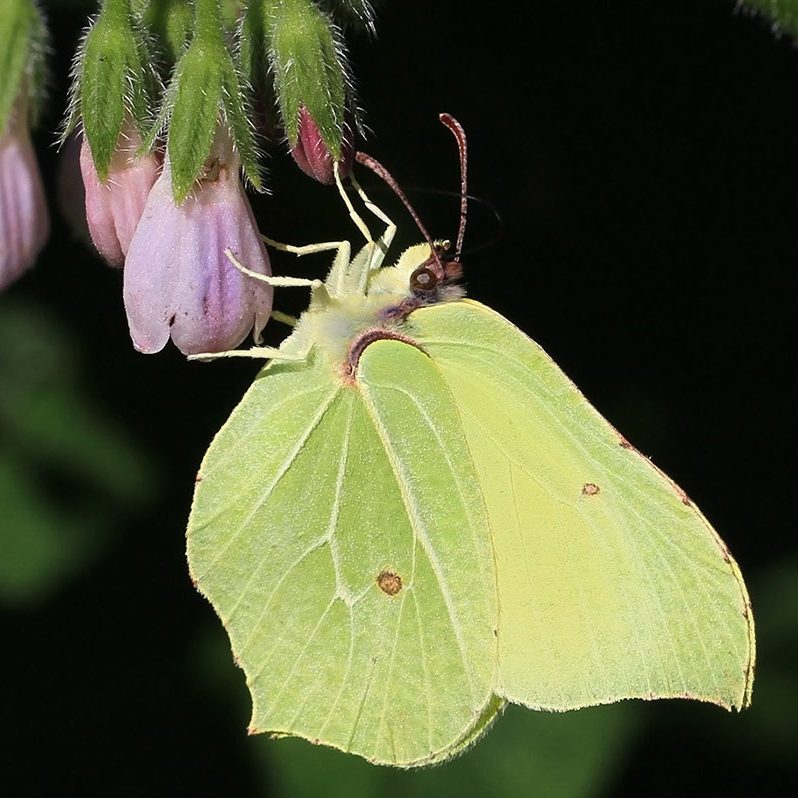
The brimstone is usually one of the first butterflies to emerge in spring. Adults hibernate over the winter season and are often hidden in holly or ivy. With their wings closed, they resemble a leaf and are superbly camouflaged.
Top tip!
Look for Brimstones on the first warm and sunny days of the year. The striking sulphur-yellow males are unmistakable as they fly quickly along sunny glades.
Primrose
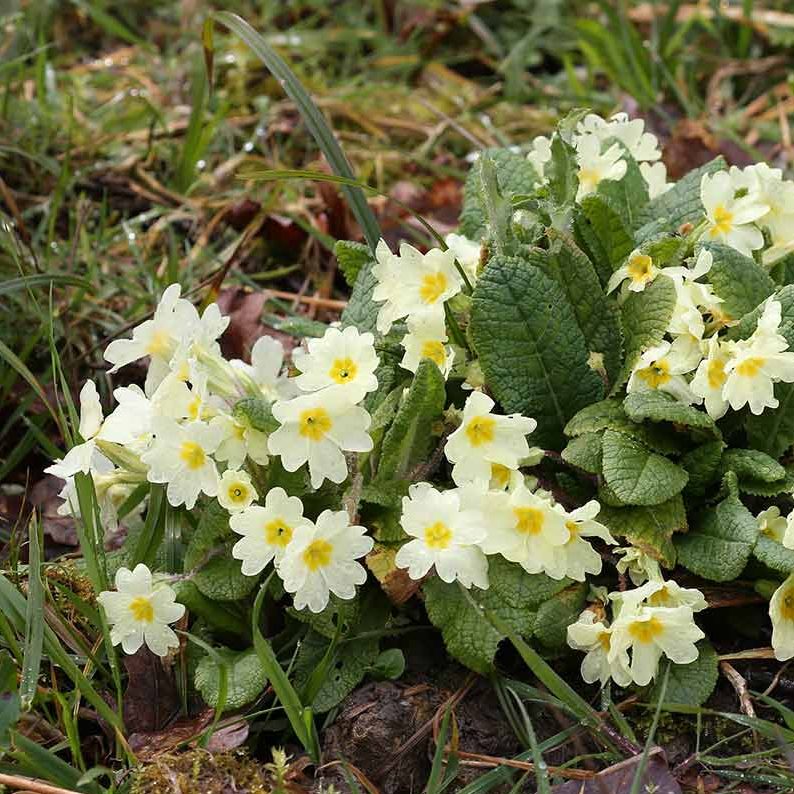
The primrose is one of our most easily recognisable wild flowers, and is often seen as a harbinger of spring. It has pale yellow flowers and wrinkled leaves that are hairy underneath.
Top tip!
Look for primroses in grassland or forest clearings. While some flower as early as December, others can be found in flower right through until the end of spring.
Common toad
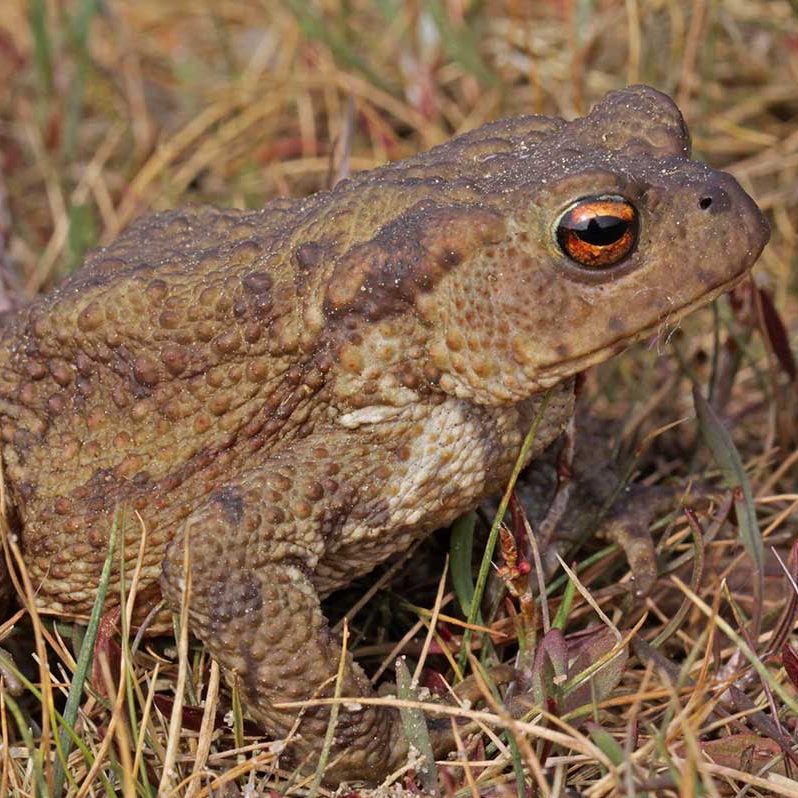
Toads return to their breeding ponds to spawn in early spring. Huge numbers congregate in our lakes and ponds during the breeding season. Once they have spawned, the adults return to the forest where they hunt for worms, slugs, and insects on cool, dark nights. The developing young remain in the water for a few more months, before eventually emerging as tiny adults in mid-summer. It will be at least two years before they return to water to breed themselves.
Top tip!
Toads are often confused with frogs. There are subtle differences in body shape and colouring but the way they move is a reliable identification guide. Frogs hop and while toads can hop too, they usually crawl.
Firecrest
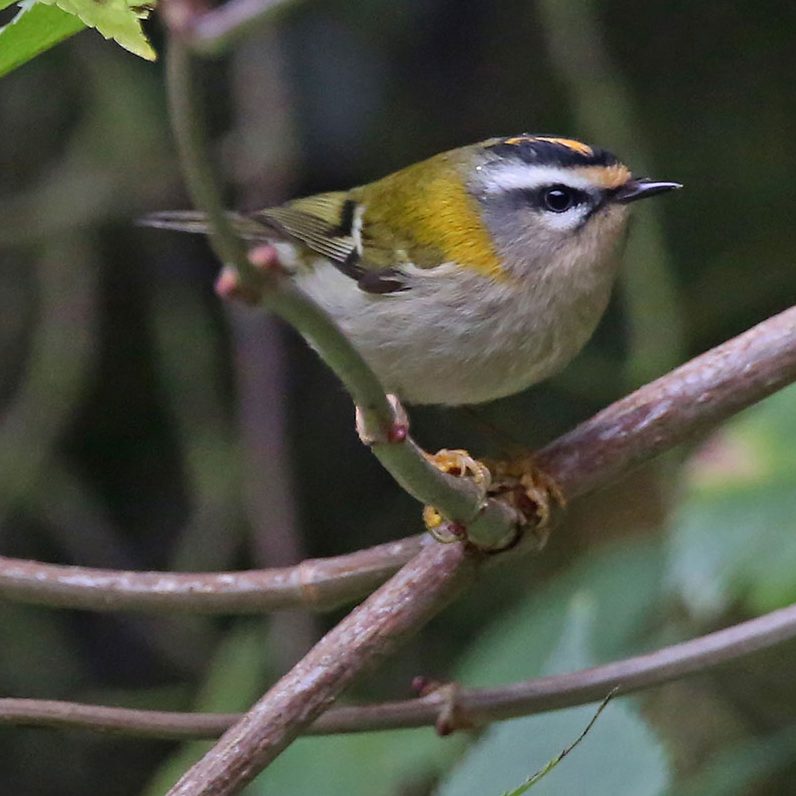
One of Longleat Forest’s real jewels! This tiny bird shares the title of the smallest species in the United Kingdom with its close relative, the goldcrest. They weigh approximately the same as a 20p coin. Firecrests are rare birds but are increasing on the Longleat estate, and Center Parcs is one of the very best places to see them in the country. We have over 15 breeding pairs.
Top tip!
Listen for their fast, high pitched songs in spring. Children can often hear this song more clearly than adults. Once you have located a singing male, be patient. While they often forage for insects high in conifers, they sometimes come down to eye level, acrobatically checking every twig, needle, and leaf as they creep ever closer.
Make sure to keep you eyes peeled as low as the forest floor and as high as you can amongst the trees and see what wildlife springs to sight! We would love to see your photos of our wildlife on-village, so if you take any great photos during your stay, make sure you share them with us via our official social media channels using #myCP. We can’t wait to see your photos!

